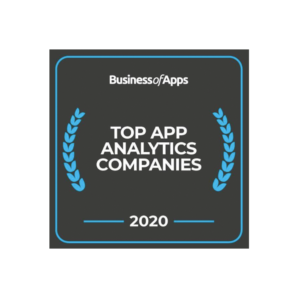Geofencing
Interested in Leanplum?
What Is Geofencing?
Geofencing is the mobile era’s answer to traditional geotargeting. This type of targeting uses the device’s GPS location rather than its IP address, so the data is much more precise. The location is also updated while the person is on the go, so it’s suited for mobile messaging.
How Does Geofencing Work?
Geofencing is made possible by using data provided by GPS satellites. Before the age of mobile, internet users could be targeted by their location based on IP address alone (known as geo-targeting). Now, marketers can pinpoint their target audience’s location and use this to facilitate their marketing. Location information is shared directly with apps, provided that the person has location services activated.
Geofencing is the practice of targeting people in very small areas and encouraging them to convert based on their location. It’s particularly useful for local restaurants and brick-and-mortar retailers.
A marketer can target specific users by setting up a ”geofence,” which is a radius based around a certain location such as a neighborhood or street. This makes geofencing considerably more accurate than geotargeting. That said, geofences don’t have to be small: they can be extended to whole cities should marketers want to target people in multiple locations.
Beacons are an even more accurate targeting method. These devices track users’ footsteps across a room. These are particularly useful for companies looking to improve the design of their brick-and-mortar stores. However, beacons require users to have Bluetooth turned on.
Geofencing, therefore, provides the best of both worlds as it can be extended to the same reach as geotargeting, but can also be scaled downwards to direct people to brick-and-mortar stores.
Who Does Geofencing Benefit?
Users exploring a new area for the first time can benefit significantly from geofencing, particularly when it comes to personalized content. For example, rather than presenting users with generic content such as ”Trending restaurants in X city,” mobile marketers can personalize the notification and say, ”welcome to X neighborhood — why not try visiting X restaurant?”
Geofencing is ideal for companies who have a brick and mortar presence but are also looking to develop their mobile app presence. Now more than ever, we are seeing traditional retailers investing in apps to target their customers broadly at first. Then, retailers narrow their marketing to specific locations, e.g. by targeting users with local promotions.
What Does Geofencing Mean For Marketers?
Geofencing is changing the way marketers interact with their users. For example, rather than triggering notifications based on time, apps can send alerts based on a user’s location. This is particularly useful for alerting customers about crucial information such as gate changes on a flight.
Geofencing allows marketers to reach new audiences, and better convert those within arm’s reach. To find out more about how to improve your app engagement and retention, read Leanplum’s Guide to Geolocation marketing.






